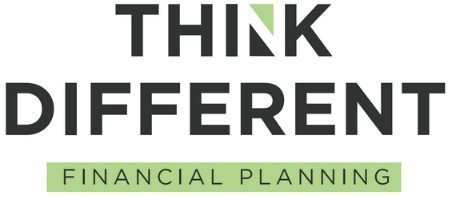ESPPs are a wonderful benefit that allow employees to purchase company stock at a discounted price.
Here’s how they usually work:
- Payroll Deductions: If you decide to participate (they’re optional), your employer will deduct a set amount from your paycheck.
- Accumulation or Purchase Period: The money deducted from your paycheck is accumulated over a set window of time, usually six months.
- Discounted Purchase Price: The company will look at the value of the stock at the beginning and end of the six-month window. The purchase price is based on the lower of those two prices, and then a 15% discount is applied.
- Ownership: Congratulations, you now own company shares! You are free to continue holding them or sell them immediately. Importantly, you pay tax when you sell them, not when you buy them.
- Sale & Taxes: If you sell the shares right after you purchase them, you can make a quick profit (since you just bought them at a discounted price). If you do this, the difference between the discounted purchase price and the sale price is subject to ordinary income tax. This is called a “disqualifying disposition,” which is not the most exciting name. To qualify for long-term capital gains tax (which is likely lower than your ordinary income tax rate), you need to hold the ESPPs for at least one year after the purchase date and two years after the offering date (the first day of the accumulation period). This is called a “qualifying disposition,” also not very a creative name.
Overall, ESPPs are a great employee benefit. If you hold on to your shares and the company does well, you participate in that upside. The risk with holding on to them is that the shares depreciate and end up being worth less than what they were purchased for. However, you can eliminate that risk by selling them soon after purchase, when they are still positive.
A few other notes about ESPP plans:
- The money contributed is post-tax. Said another way, putting money towards your ESPP plan will not lower your taxes.
- The maximum you can contribute is $25,000 per year.
- Discounts, rules, and terms may vary between companies.
Real-World Example
Apple has two 6-month windows to participate in their ESPP:
- February 1st – July 31st
- August 1st – January 31st
In the period that recently ended, the stock price at the beginning and end of the purchase window was:
- February 1st: $145.23
- July 31st: $196.45
The February 1st price is clearly lower. A 15% discount is applied to $145.23, and as a result Apple employees bought the stock for $123.62!
From there, they could sell it immediately for roughly $196, a gain of 59% before tax.
In this scenario, the gain would be taxed at your ordinary income tax rate. If your state + federal income tax rate is 40%, your after-tax return would equal 35.4%. Not bad!
To qualify for long-term capital gains, the stock would need to be held until February, 2024. A lot can happen to a share price over two years, so you shouldn’t hold on to stock simply because you could save on taxes. As they say, “don’t let the tax tail wag the dog.”
